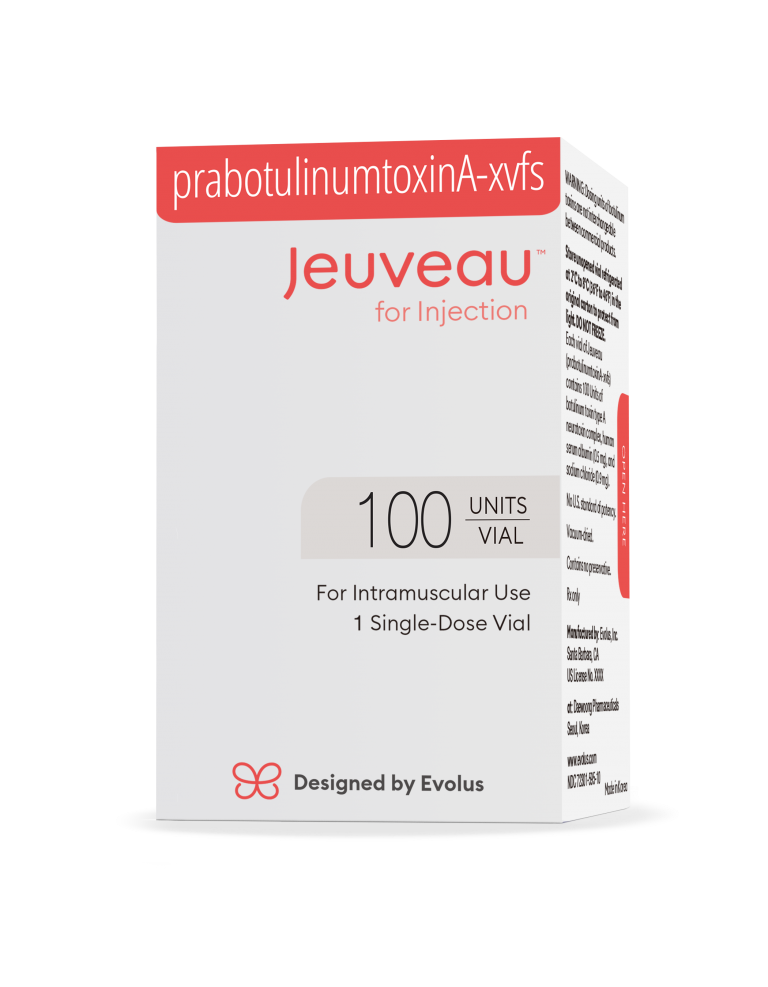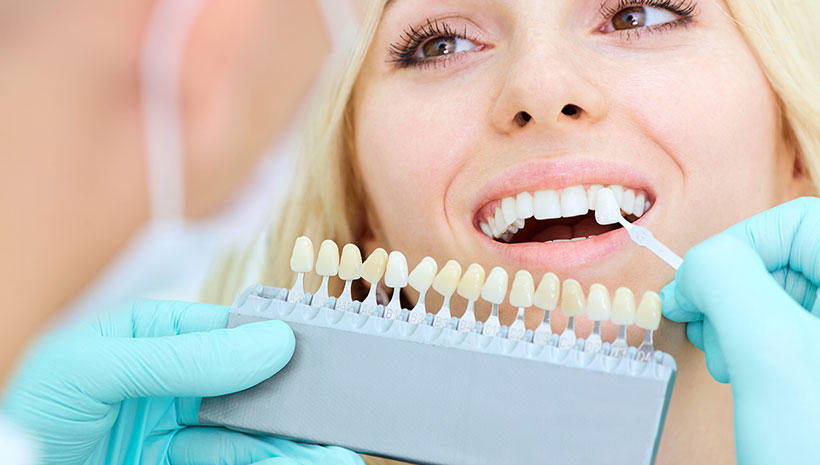
The FDA has published millions upon millions of reports about medical device problems. It allows manufacturers to report problems with their products to the agency. The reports are also available on its database, MAUDE, which is open to the public. Several factors can affect implant safety. A textured surface, for example, can stop rotation. A woman who smokes has a greater chance of complications from implants. Make sure you check your medical history to determine if you have any autoimmune diseases.
Textured surfaces prevent rotation
Although it is possible for breast implants of teardrop shape to be rotated, textured surfaces may prevent it. The Velcro-like effect of textured surfaces prevents the implant from rotating. Round implants will not rotate so will be less secure in the breast. Even though rotation of teardrop shaped implants poses a very small risk, it is still an aesthetic concern.

Avoiding autoimmune disorders
The FDA has yet to conclude whether or not silicone breast implants are linked to autoimmune diseases. Some doctors have said that breast implants can cause arthritis-like diseases. While the FDA has not been able to establish a link between breast implant and autoimmune conditions, there is increasing evidence. A recent World Health Organization study found a connection between breast implants & rare cancers.
Reversibility of surgery
Unlike cosmetic surgeries such as rhinoplasty or tummy tuck, breast implant surgery is not reversible. After your implants are installed, your breast shape is permanent. The implanted breast tissue may remain dimpled, wrinkled, or distorted. You may experience significant pain after the procedure. A breast implant surgeon can help you minimize the risks.
Patient device cards
The latest updates to the FDA's guidelines on patient device cards for breast implants have made it more important than ever to provide patient information about the product. According to the latest FDA guidelines, patient device cards must include information about the implant type, serial number and any boxed warnings. To provide more information, patients should be directed to the device's label or decision checklist via web links.

Screening for rupture
The Food and Drug Administration recommends that breast implants be scanned every two to three years. Ultrasound can differentiate between normal and ruptured implants. Ultrasound can distinguish between normal and ruptured implants. Normal implants will appear homogeneous, well-defined, and uniform. The appearance of a ruptured implant can be described as a snowstorm. To determine the extent and cause of your rupture, schedule an MRI. This type imaging is not covered under your insurance.